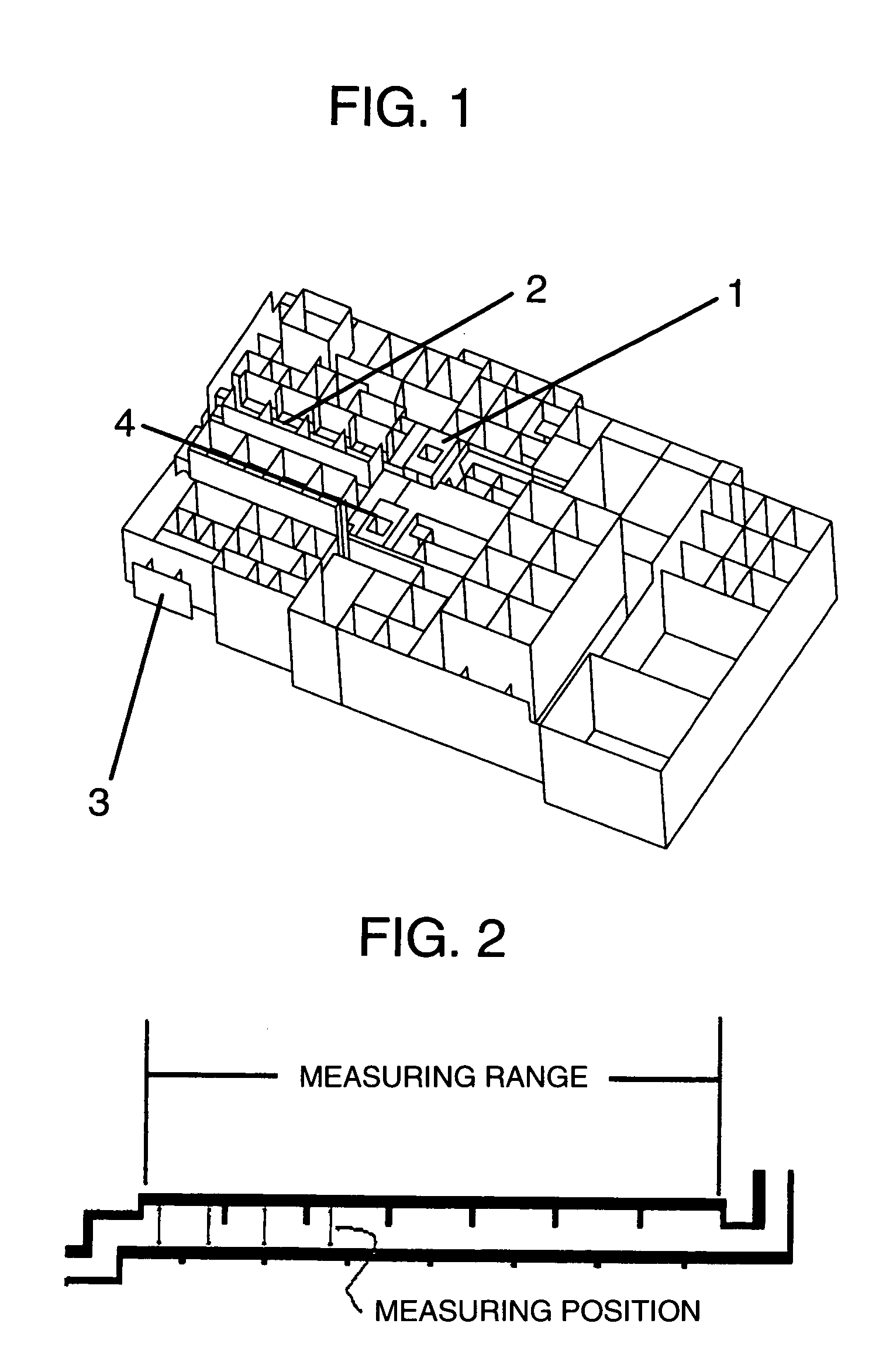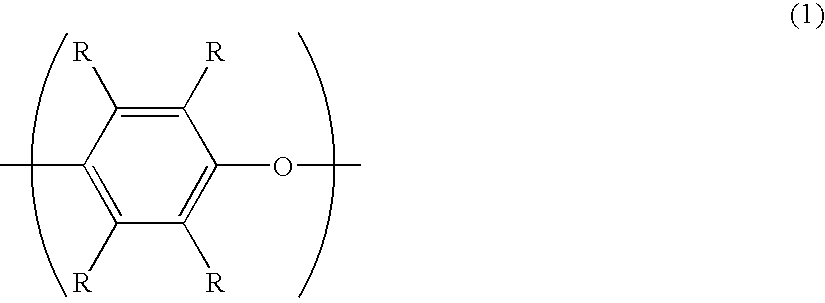Relay block
a relay block and block technology, applied in the field of relay blocks, can solve the problems of reducing the space permitted for relay blocks in a highly densified engine room, changing the size of the socket portion, and changing the structure of the relay block, so as to reduce the melt viscosity of resin and reduce the dimensional change
- Summary
- Abstract
- Description
- Claims
- Application Information
AI Technical Summary
Benefits of technology
Problems solved by technology
Method used
Image
Examples
example 1
[0224] The cylinder temperature of a twin-screw extruder [ZSK-40 manufactured by Werner & Pfleiderer GmbH (Germany)] having one feed opening on the upstream side and one feed opening in the central part of the extruder was set at 320° C. in the area from the upstream side feed opening (hereinafter abbreviated as “main-F”) up to the central feed opening (hereinafter abbreviated as “side-F”) of the extruder and at 280° C. in the area from side-F up to the die.
[0225] In accordance with the proportions shown in Table 1, PPE-L, SEBS-1 and 0.2 part by weight of maleic anhydride (hereinafter abbreviated as “MAH”) as a compatibilizer which were uniformly mixed were fed from main-F, and PA 6,6-3 in the proportion shown in Table 1 was fed from side-F, and these were melt kneaded to obtain pellets. In order to inhibit moisture absorption of the resulting pellets, the pellets were put in an aluminum-coated moistureproof bag immediately after they were extruded.
[0226] The screw revolution spee...
PUM
| Property | Measurement | Unit |
|---|---|---|
| mold temperature | aaaaa | aaaaa |
| melting temperature | aaaaa | aaaaa |
| humidity | aaaaa | aaaaa |
Abstract
Description
Claims
Application Information
 Login to View More
Login to View More - R&D
- Intellectual Property
- Life Sciences
- Materials
- Tech Scout
- Unparalleled Data Quality
- Higher Quality Content
- 60% Fewer Hallucinations
Browse by: Latest US Patents, China's latest patents, Technical Efficacy Thesaurus, Application Domain, Technology Topic, Popular Technical Reports.
© 2025 PatSnap. All rights reserved.Legal|Privacy policy|Modern Slavery Act Transparency Statement|Sitemap|About US| Contact US: help@patsnap.com



